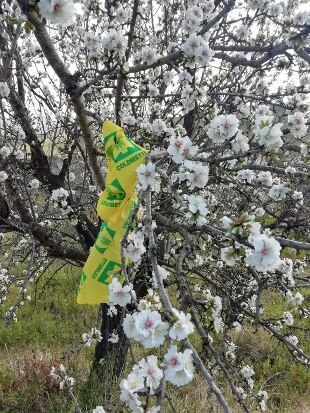- Climate: November 2019 is the hottest month ever recorded
- Climate, Cop25: 2019 record year for heat and CO2 concentration
Share
17 February 2020An abnormal winter with hot temperatures. Temperatures that have so far been in Italy 1.65 degrees higher than the historical average. This is what Coldiretti says on the basis of the elaborations on Isac Cnr data relating to the months of December and January in stressing that with the anomalous heat and the lack of rain, the alarm has already been triggered in many regions where the drought in the countryside with difficulties for cultivation and in pastures for feeding animals.In the countryside along the whole peninsula, the anomalous climate that sent nature with flowering plants and drought alarm tumbled while the snails woke up from hibernation before time in the Veneto, but - Coldiretti reports - they also verified early blooms of mimosas in Liguria and almond trees in Sicily and Sardinia where fruit trees begin to blossom, but in Abruzzo the plum trees, peaches and apricot trees are in the awakening phase, about one month in advance Emilia and Puglia already have gems.
On the benches - explains Coldiretti - the first fruits arrived more than a month in advance due to an anomalous winter marked by boiling temperatures that sent the crops on tilt throughout the Peninsula and if in Lazio the farmers offer agretti, Roman artichokes, spontaneous herbs such as poppy and fava beans that are already present in Puglia together with strawberries that arrived before a few weeks and are ready for consumption.
In the south, however, the drought alarm in the countryside is already being dealt with starting from the Lower Molise where - explains Coldiretti - the dry soils sown with cereals risk not to properly sprout and strengthen the plants that will be frozen by the sudden lowering temperatures or worse swept away in case of violent rains.
The problems do not end with cereals but also affect vegetables, which already need emergency irrigation.
In Puglia, the availability of water has even halved in reservoirs compared to last year according to the latest data from the Anbi Observatory, which also experiences difficulties in Umbria with 75% less rain than last year, which fell in January and in Basilicata where about 2/3 of the available water resources are missing compared to February 2019.

